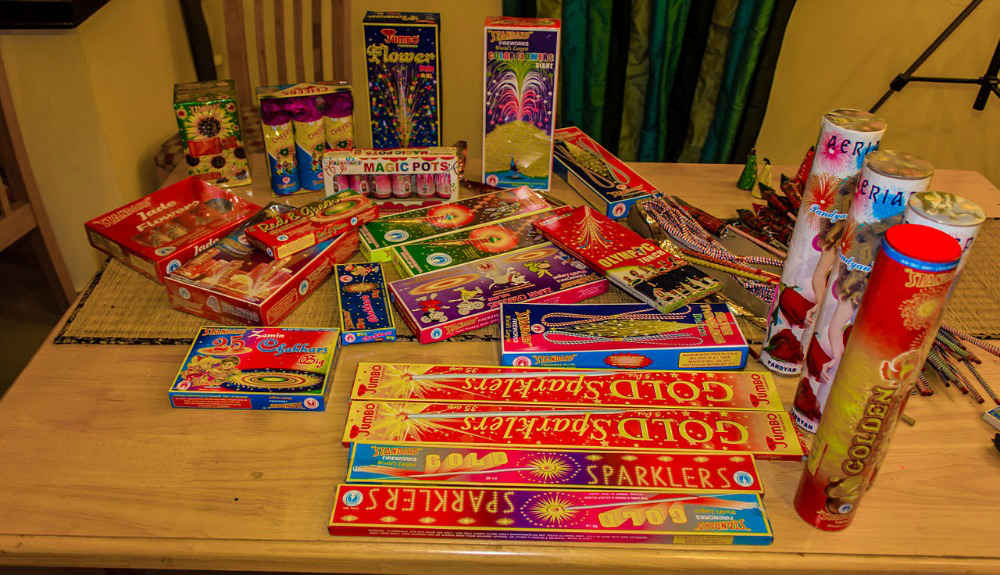The supreme court yesterday, announced the ban on the sale of firecrackers in the national capital until November 1st. According to the supreme court announcement, this is being done in order to control the pollution because of firecrackers every year on Diwali. According to the supreme court, it wants to examine the quality of air after Diwali and to compare it with the air pollution levels of previous years.
After the announcement made by Supreme Court of India, our team did an analysis of the report by Supreme Court and also of a number of media reports which surfaced last year after Diwali. The analysis proved that the firecrackers on Diwali are just like the tip of the iceberg when it comes to the increasing pollution levels in Delhi. The supreme court needs to look at the bigger factors in order to check the pollution.
Below are a number of reasons which prove that the ban imposed by Supreme Court will prove to be ineffective
- The retailers have already stocked firecrackers, believing that as Diwali comes closer, the demand and wholesale pricing increases. Also, with just 10 days left for Diwali, it will be very hard for the administration to enforce the decision on the ground level.
- Firecrackers impact the pollution level in Delhi just for a week. The other major reasons for pollution in the national capital include the likes of vehicles, road dust and the pollution created by burning bio-waste. Last year after Diwali, there were reports contradicting the blame on firecrackers to increase pollution and it was observed that the waste of rice and cotton crops in Haryana and Punjab belt is burnt around the same time, leaving a huge pile of polluted air, which eventually flows towards Delhi.
- Delhi is a huge business market. The Diwali rush adds more to it and to address the electricity shortage, use of diesel generators is common. Shopping malls, educational institutions and hospitals use these generators for power generation. Lack of a uniform policy in the border areas of UP, Delhi and Haryana has made sure that the huge problem has always gone unnoticed.
- The decision comes at a time when the religious sentiments are at an all-time high. Diwali is one of the biggest Hindu festivals and the banning of firecrackers has involved a number of religious leaders and organisations into the debate. Since yesterday, there has been a huge debate on the decision of the supreme court, asking it to revoke the announcement.
- Being the national capital, Delhi houses a huge number of personal vehicles. Currently, Delhi has over 12 lakh registered vehicles and the rate is growing at over 40% per year. In such a scenario, a question rises stating that if the Delhi public is so concerned about increasing pollution, then why do they not prefer taking public transport like metro or DTC buses to commute? Blaming the pollution of the whole year on Diwali firecrackers, which just accounts for 0.01% of the total pollution, does not seem wise.
Let us know your thoughts on supreme court’s decision.

